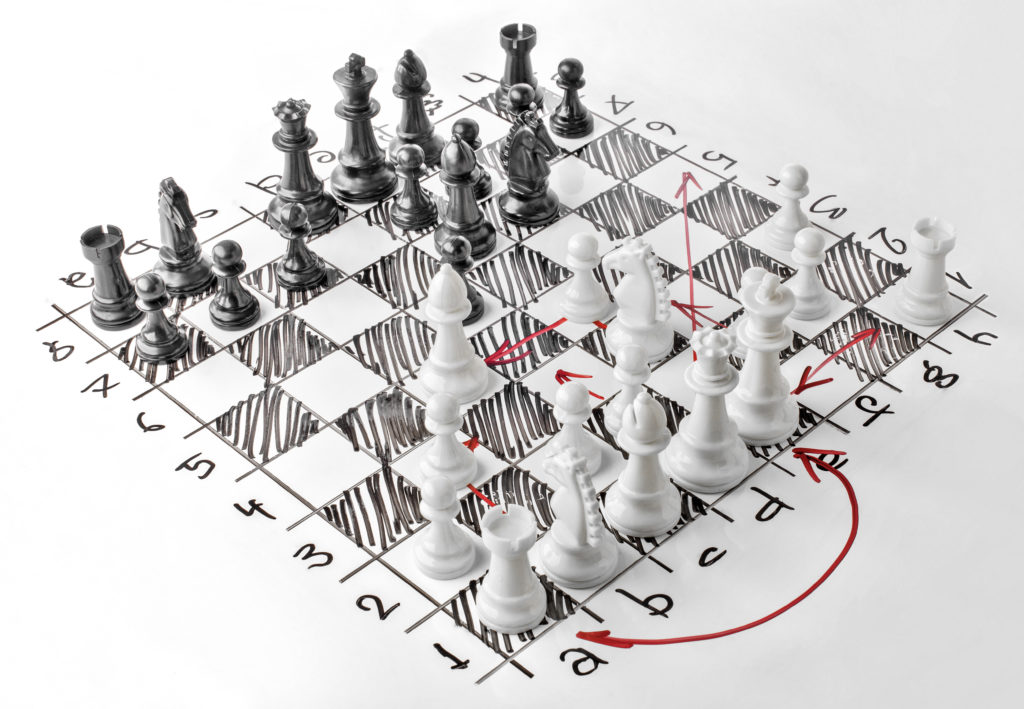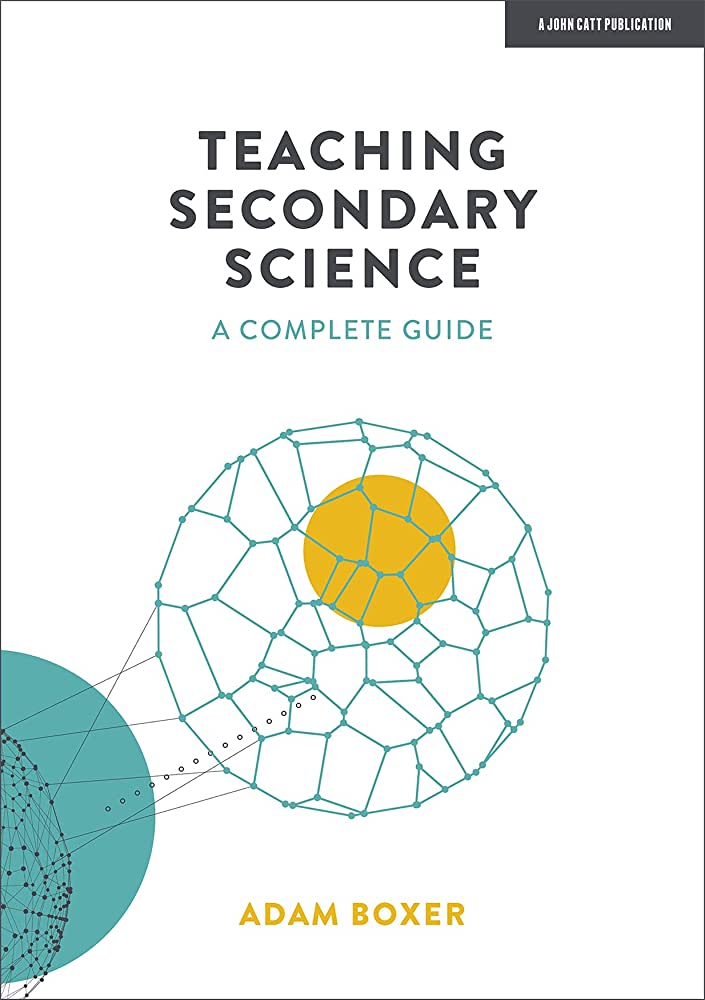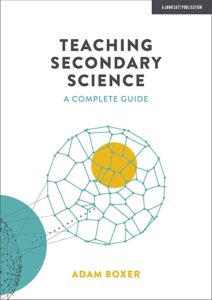Our blogger will be taking the first two weeks of August off.
This post generated plenty of conversation when he published it last October.
I recently read a much-liked Twitter post that said (I’m paraphrasing here):
If you try to debunk Learning Styles Theory and you face unexpected resistance, start looking for the profit motive.
Hmmm.
To be clear: learning styles theory just doesn’t have plausible research support.
If and when we can debunk it, we certainly should.
But, in my own experience at least, teachers who believe the theory often do so with the best of motives.
Mocking those motives — or, even worse, implying believers have wicked motives — seems unfair. And, likely to prove counterproductive.
Yes, grifters exist. Yes, we should call them out. But most teachers who offer “unexpected resistance” can explain why — for reasons that have nothing to do with profits. (Honestly, if teachers were driven by profits, would we have joined this profession?)
Surface Plausibility
In the first place, MANY teachers learned about Learning Styles Theory in their education programs.
In fact, Blake Harvard — “The Effortful Educator” — searched the websites of 9 major schools of education, and found that MOST referenced Learning Styles Theory positively.
Can we be surprised that teachers believe what their professors teach them?
Equally important, this theory seems to align with much of our classroom experience.
After all, daily classroom life suggests that students learn differently. Some students respond well to this approach, while others need another approach entirely.
So, it seems that Learning Styles Theory (helpfully?) explains these differences, and (helpfully?) suggests a coherent way to respond to them.
Why wouldn’t teachers believe a theory that a) we learned in graduate school, and b) aligns with our daily experience?
Getting Personal
In fact, “unexpected resistance” to Learning Styles Theory often stems from an even deeper source.
Many dedicated teachers have been relying on it for years. Often, their self-definition as a good and caring teachers begins with or includes their fidelity to this theory:
“My students know I care about them because I tailor my instruction to their learning style!“
When we tell teachers that we simply have no evidence to support the theory (and, to be clear, we don’t), we’re not simply asking them to change what they do and believe.
Instead, we are — in effect — asking them to admit their their exemplary teaching practice was (at best) useless, and (possibly) detrimental. FOR YEARS.
That admission, of course, is incredibly painful and troubling.
For us to mock teachers (“look for the profit motive!”) for this painful struggle … well, I simply don’t understand how that approach will help. I can’t remember the last time that mockery helped me change my teaching practice for the better.
Plausible Alternatives
If we shouldn’t accuse people of being charlatans (hint: I think we mostly shouldn’t), how should we contradict these misbeliefs?
As I’ve written before, I do think this is a very difficult problem.
We really should contradict those false beliefs, but I’m not at all sure that doing so encourages people to adopt new ones.
My current approach relies on these steps.
First: rather that asking teachers to stop believing one thing, I encourage them to start thinking about something else.
My hopeful theory: the more time they’re thinking about, say, working memory, the less time they’re thinking about Learning Styles Theory.
Second: I don’t contradict in public. I try to chat with believers one-on-one.
Honestly, this approach includes perils. If I don’t contradict in public, others might believe that theory does have merit.
However, as noted above, I think increasing shame reduces the likelihood that new advice will stick.
Third: I provide research, and ask lots of genuinely curious questions.
I hope that peer-to-peer curiosity will ultimately change more minds than more confrontational strategies.
To be clear, I’m not certain that my approach has more merit than others. I certainly have no research suggesting that it will work.
But experience tell me that “supportive listening” beats “questioning motives” as a motivational approach.
If you’ve got suggestions and strategies, please share them!
 About Andrew Watson
About Andrew Watson ![The Unexpected Problem with Learning Styles Theory [Reposted]](https://www.learningandthebrain.com/blog/wp-content/uploads/2022/10/Learning-Styles-Vector.jpg)

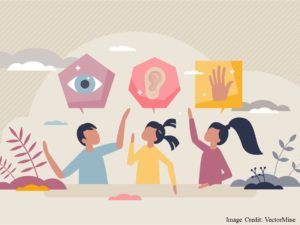
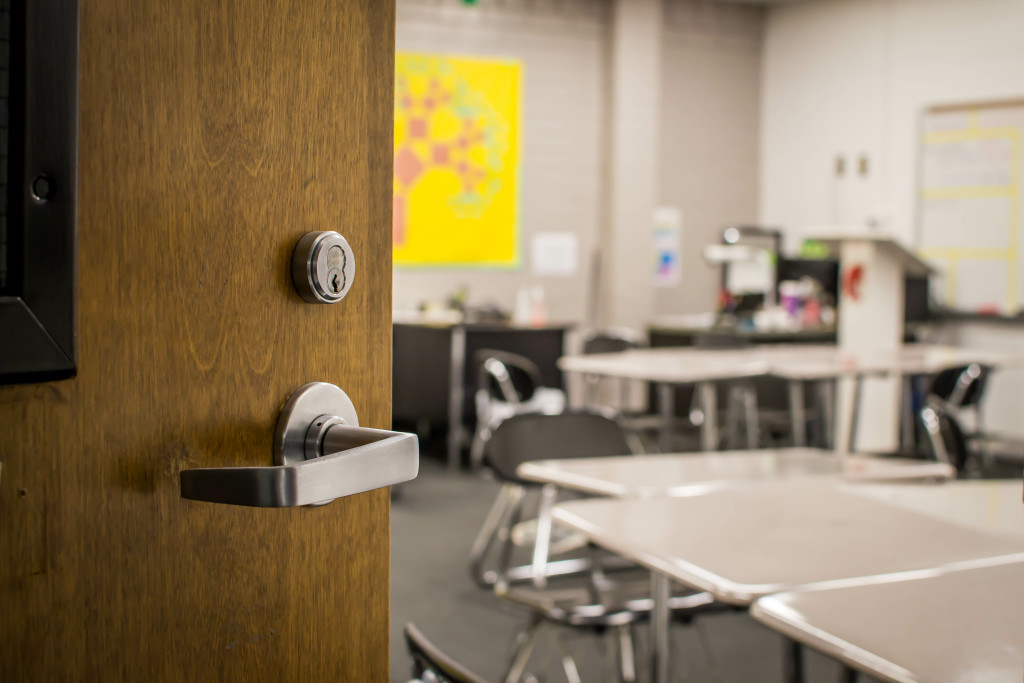
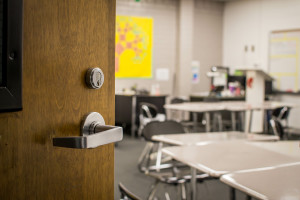
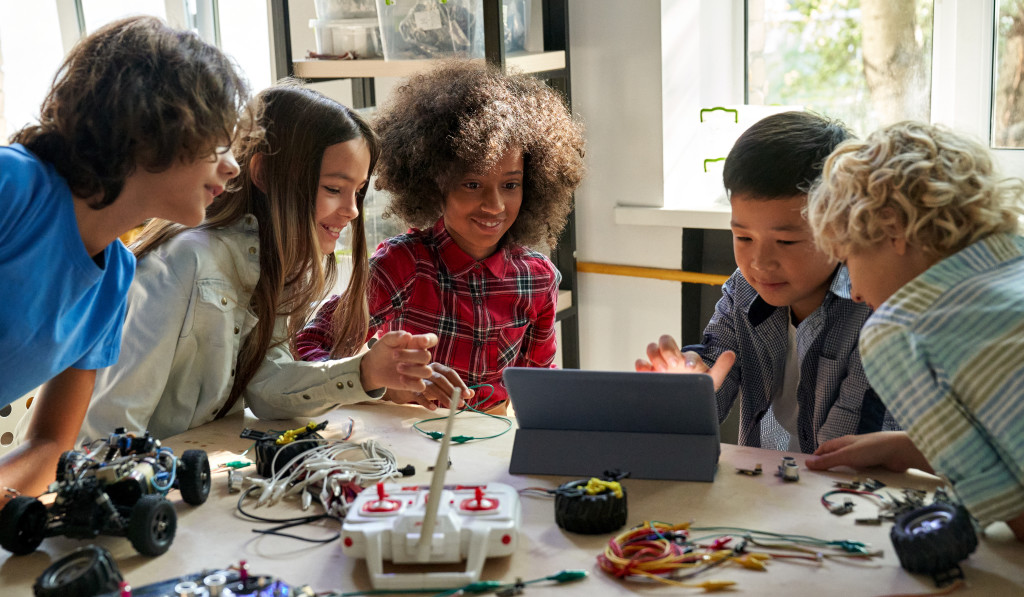







![Have I Been Spectacularly Wrong for Years, Part 2 [Removed 6/14/23]](https://www.learningandthebrain.com/blog/wp-content/uploads/2023/06/AdobeStock_577718474-1024x576.jpeg)


